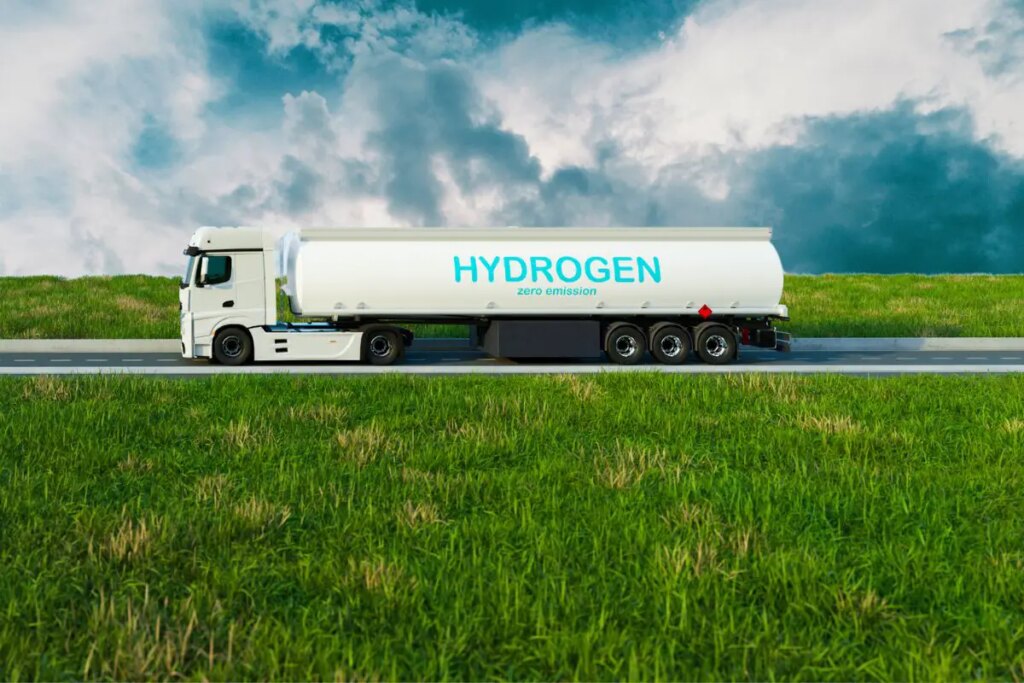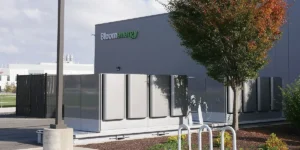GM Supports Celadyne’s Efforts To Develop Heavy-duty Hydrogen Fuel Cells -H2 News

Not just any fuel cell is fit for industrial use.
Two US companies, automotive giant General Motors (GM) and Celadyne Technologies, a developer of hydrogen fuel cells (HFCs), have teamed up to further the large-scale adoption of hydrogen solutions. Specifically, GM is collaborating with Celadyne to develop durable, heavy-duty HFCs for heavy-duty industrial applications, including for energy use and heavy-duty trucks.
Hydrogen-based fuel cells could provide a clean solution for hard to decarbonize sectors.
At present, long-haul and heavy-duty transportation sectors are heavily reliant on fossil fuels for power. It’s estimated that transport contributes to more than 20% of the world’s emissions. As such, decarbonizing these sectors is of urgent importance for countries to reach their net-zero emissions targets. Many see hydrogen fuel cells as a potential solution for decarbonizing transport and other industrial sectors. However, HFCs weren’t built to serve this function.
According to Celadyne Founder and CEO, Gary Ong, fuel cells were initially created for light-duty systems. Ong told Interesting Engineering that in order for these fuel cells to meet the requirements of heavy-duty applications, existing fuel cells need to match the durability of a diesel engine, which means quintupling the durability of current hydrogen fuel cells.
Super durable hydrogen fuel cells.
Hydrogen fuel cells are designed to combine hydrogen and oxygen to generate water and power. However, the hydrogen and oxygen must always remain separated and only be allowed to mix when needed. This constant separation is made possible via a proton exchange membrane (PEM).

The reason existing HFCs aren’t strong enough for industrial use is that when hydrogen crosses over and moves through a PEM, the durability of the fuel cell is lowered. To maintain durability, the hydrogen crossover rate must be slowed down.
Celadyne has developed an advanced fuel cell design, it calls “Dura”. It is a low permeability bilayer PEM that is “durable, chemically impermeable, and conductive.” This first of its kind technology reportedly decreases gas permeation across the PEM while maintaining high conductivity and stability. This enables thinner membranes with overall decreased membrane resistance. The tech manages to lower hydrogen crossover, addressing the primary cause of free radical formation in fuel cells and improving electrolyzer safety (particularly at high pressure and lower current densities) at the same time. According to Ong, the company has seen up to 4x improvement with Dura in accelerated stress test conditions.
The GM-Celadyne partnership is receiving funding from the DOE.
 The GM-Celadyne partnership project has been awarded financial support from the US Department of Energy (DOE). It is one of 16 green projects to receive funding from the total $47 million the DOE has reserved for these projects.
The GM-Celadyne partnership project has been awarded financial support from the US Department of Energy (DOE). It is one of 16 green projects to receive funding from the total $47 million the DOE has reserved for these projects.
Celadyne is dedicated to bringing its hydrogen solutions to major industries around the globe and firmly believes that unlocking hydrogen “can change the world.”





